Education Content
Content Development
Content is a vital component of all education initiatives. The nurse educator can often be tasked with developing new education from the ground up. Any nurse educator may find this task overwhelming and without direction. Evidence-based and established learning principles can effectively guide the nurse educator to develop effective and engaging education for the learners and develop evaluation processes to determine the effectiveness of the education. When requesting a consult from NTS, the consultant will ask, "What does success look like to you?" This question is part of the educational analysis and central to developing the education for the client's orientation curriculum.
Content Development Features
- Analysis of Learning Needs
- Writing Objectives
- Design and Development of Education Content - Didactic and Simulation
- Education Pilot and Implementation Plan
- Evaluation Methods
Analysis
The ADDIE - Analysis, Design, Development, Implementation, Evaluation - instructional design model provides a framework for the nurse educator when starting a new education project.
In the analysis phase, the educator will partner with the NTS consultant to determine the following:
- Who is your audience?
- What outcomes do you want to achieve??
- What constraints or barriers exist?
- What delivery options are available?
- Are there any online learning considerations?
- What is the timeline for completion?
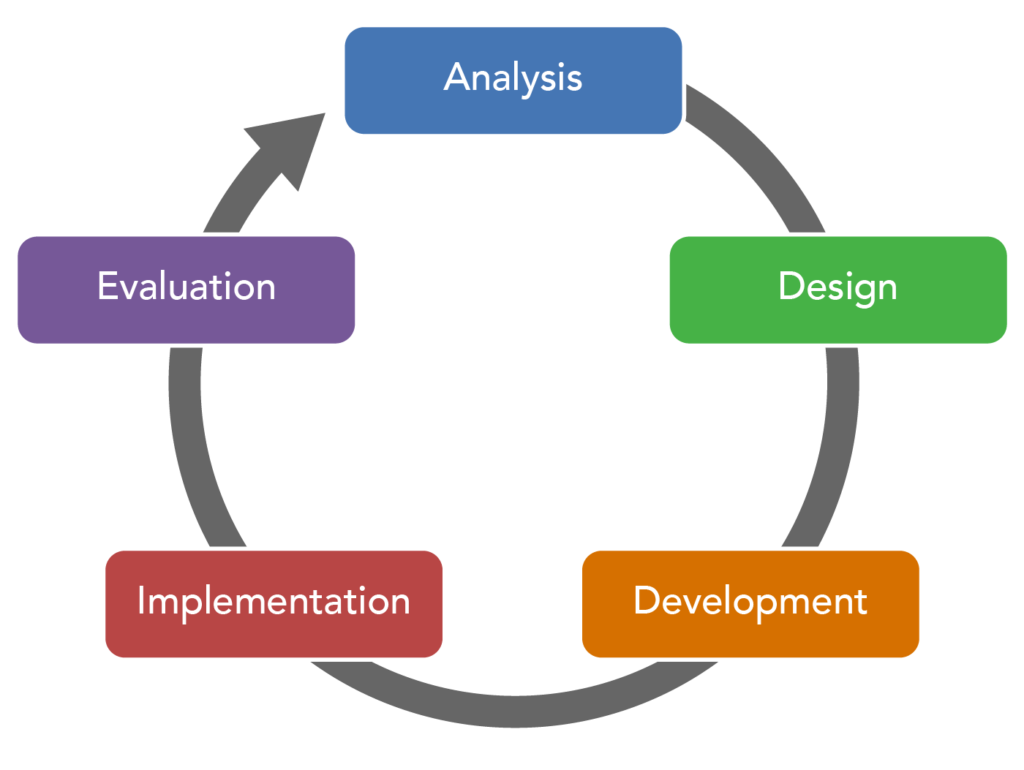
Objectives
After the analysis phase, the NTS consultant will collaborate with the nurse educator(s) to write objectives based on the learning needs assessment.
Objective writing can be overwhelming and new to an educator. The objectives are clear and written for the educator in classes such as ACLS and PALS. The educator or instructor must teach the material to meet the objectives. The educator(s) must become proficient at writing objectives for new classes or simulation content.
The SMART method of objective writing provides structure and guidance to the nurse educator. The NTS consultant will provide information, support, and feedback to the nurse educator on objectives written for their orientation or simulation curriculum.
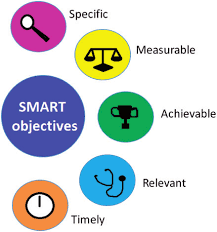
Education Design and Development
Understanding the learners' needs is essential to education design and development. Again, the educator should use the ADDIE model as a framework for education content development. However, the education that is developed needs to meet the established objectives that were written. The NTS consultant will work with the educator in the design phase to determine the following:
- What method(s) of instructional, visual, or technical design is needed?
- Which domain of learning will achieve the outcomes?
- Cognitive
- Psychomotor
- Affective
- What does the user experience look like?
- How will the education be created?
- Does the education need graphics, video, or other visuals?
In the development phase, the NTS consultant will collaborate with the nursing education team to assemble the contents from the design phase into education for instruction.
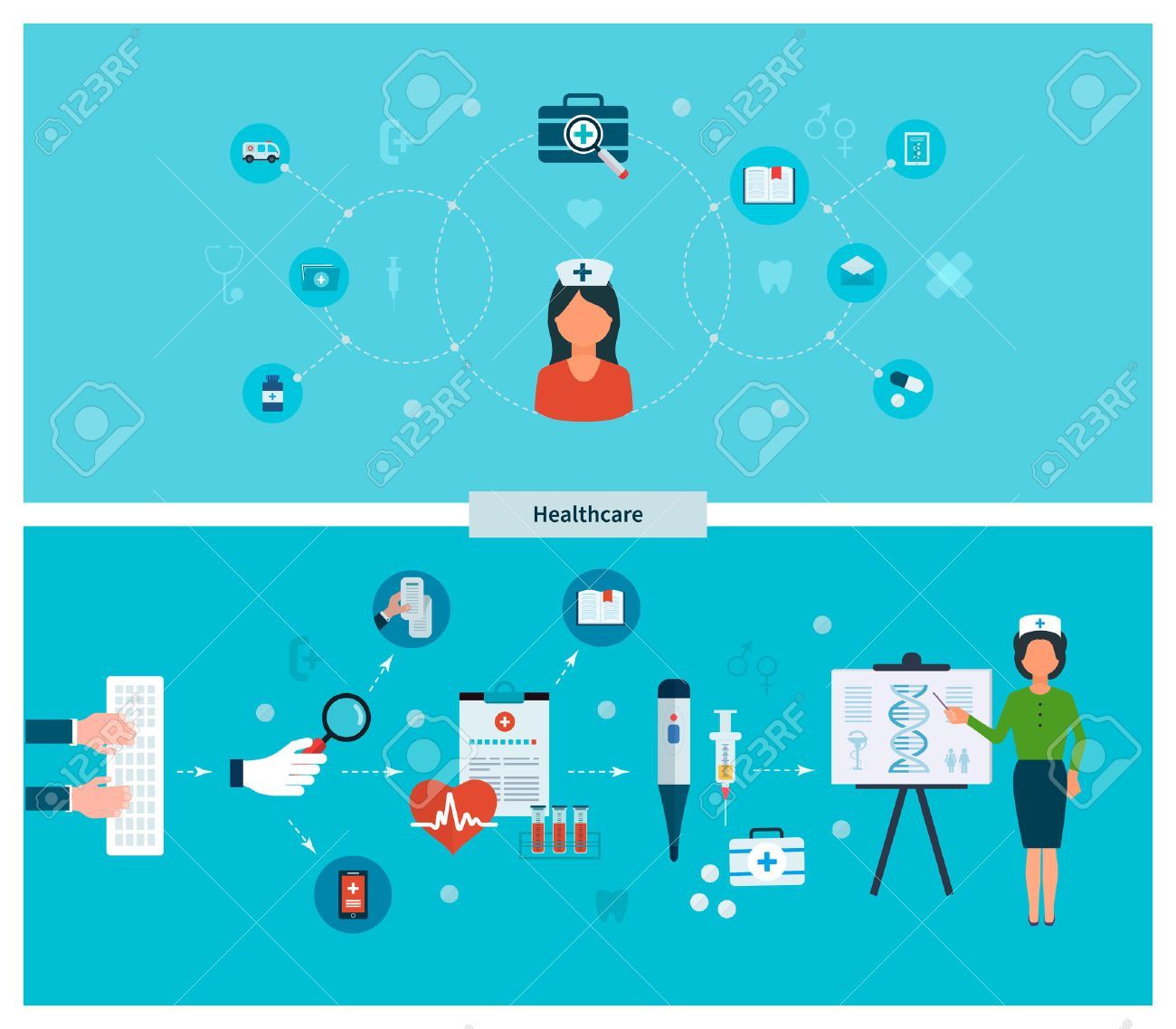
Evaluation Methods
During content development, whether classroom or simulation, the education team needs to determine how they will evaluate that the objectives have been met. Evaluation methods can include direct observation using an established rubric or clinical development grid, participant pre-and post-surveys, or quiz or exam scores. Evaluation methods should be determined by the education modality that is being used. For example, simulation learning should use a rubric or clinical development grid to evaluate the participants.
The NTS consultant and the nurse education team will determine evaluation methods by answering these questions:
- Is the evaluation formative or summative?
- Who will be performing the evaluations?
- Will the participants need to complete a quiz or exam?
- Will the participants need to complete a pre-survey and post-survey?
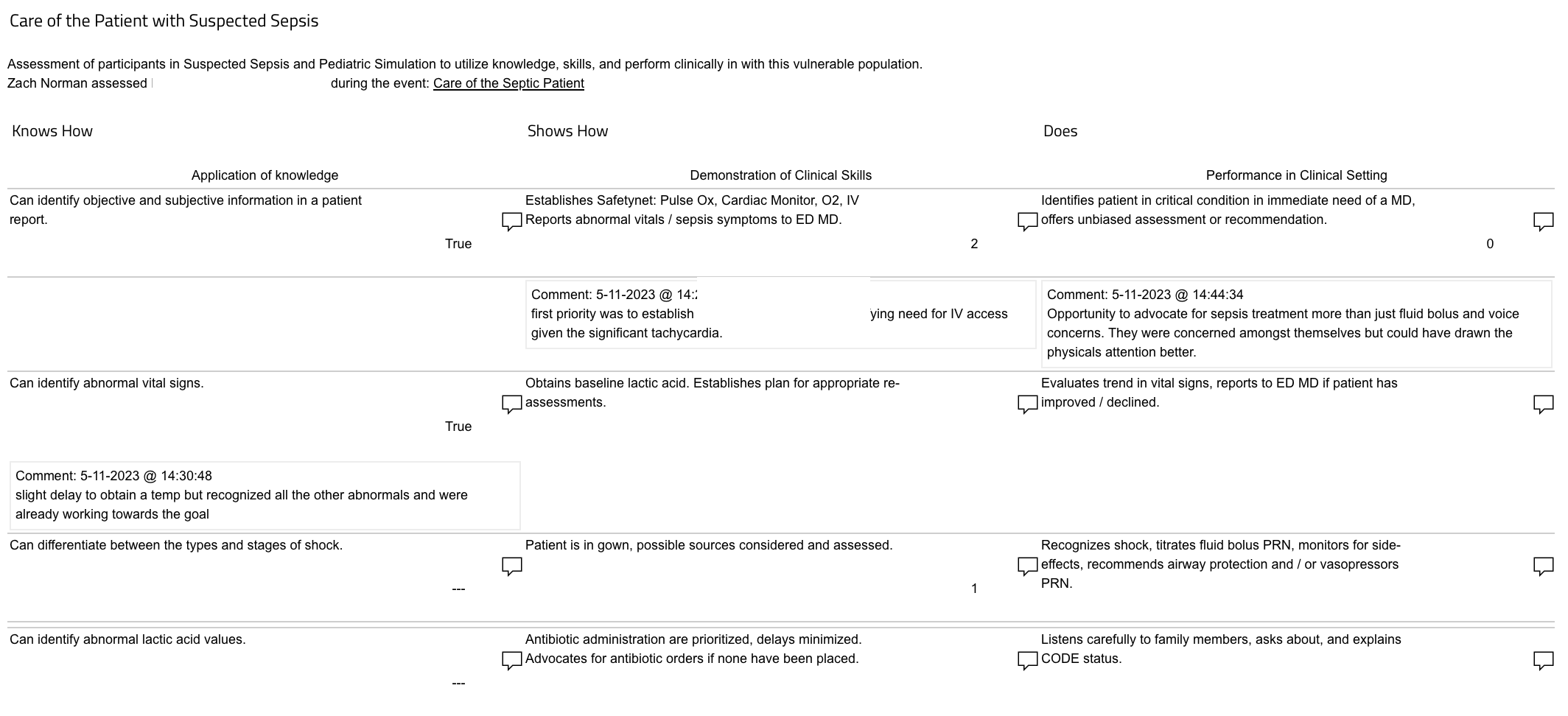
Pilot and Implementation Plan
Implementing new education can be overwhelming to the education team. It is essential to establish a solid and achievable implementation plan. With the assistance of NTS, the nursing education team will have the support necessary for a successful pilot and implementation. Why have a pilot? A pilot must test, demonstrate, and evaluate the new education created before implementing it with their target population. A pilot is generally delivered to content and education subject matter experts (SMEs) for feedback. The nursing education team and the NTS consultant will develop a pilot feedback form to use during the pilot. The nursing education team should also facilitate a debrief with the SMEs after the pilot if time allows.
Once the pilot is completed and feedback reviewed, the nursing education team can adjust and modify the education before the implementation date.
The NTS consultant and additional consultants can be available to assist with implementation. The nursing education team and the consultant will determine what level of support is needed before the implementation day.
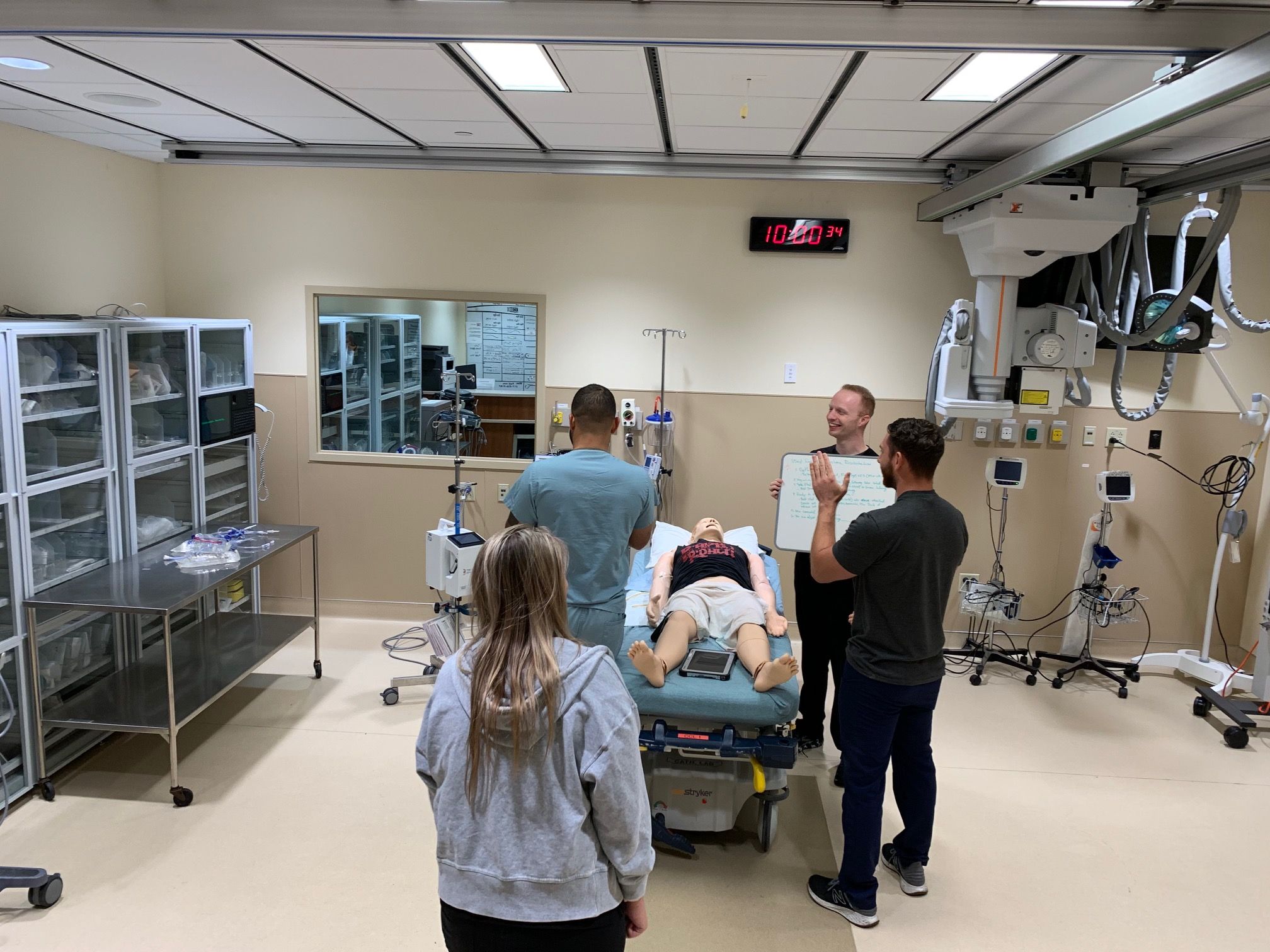
Education Development Team
Do you have a topic in mind we could help you create?
saving...




